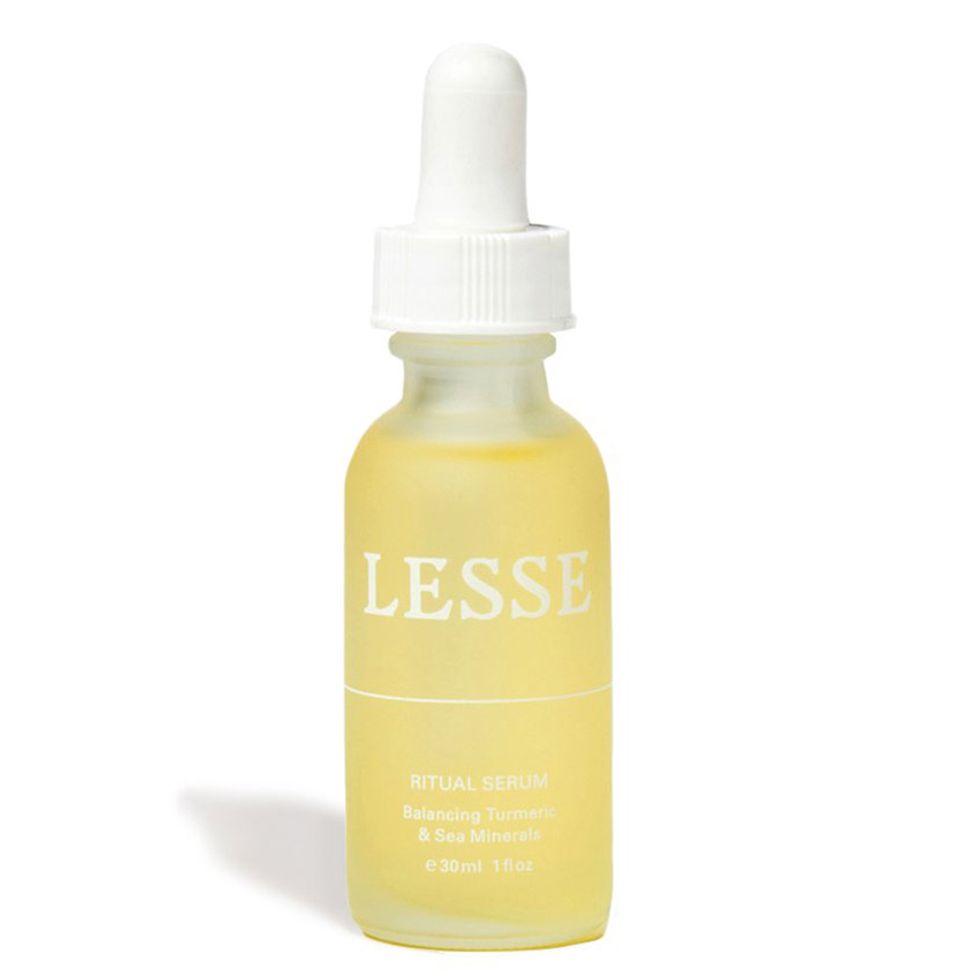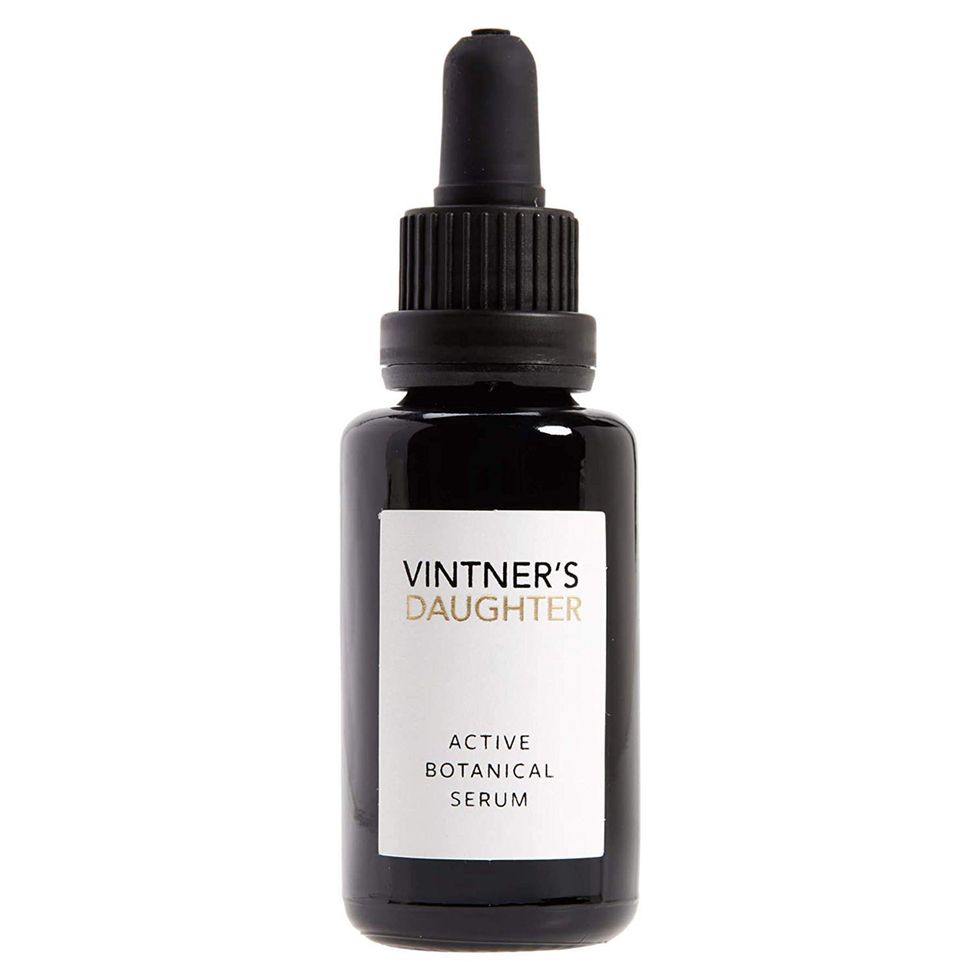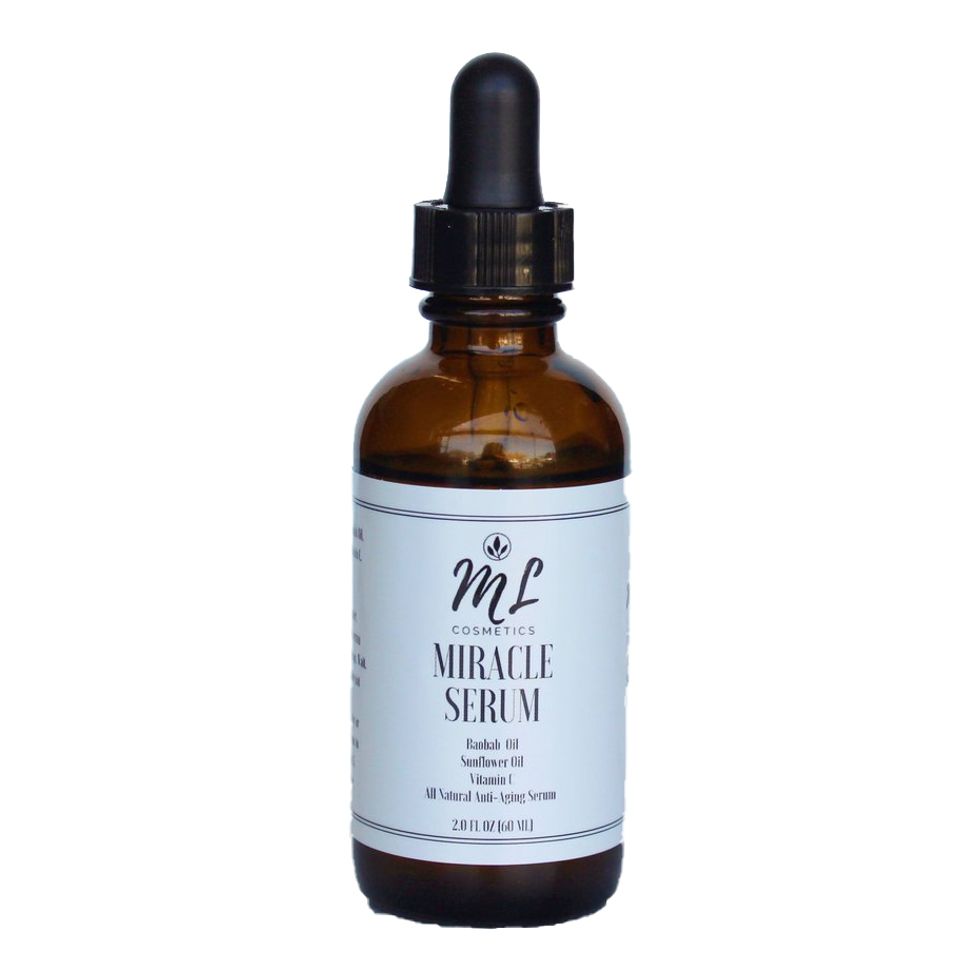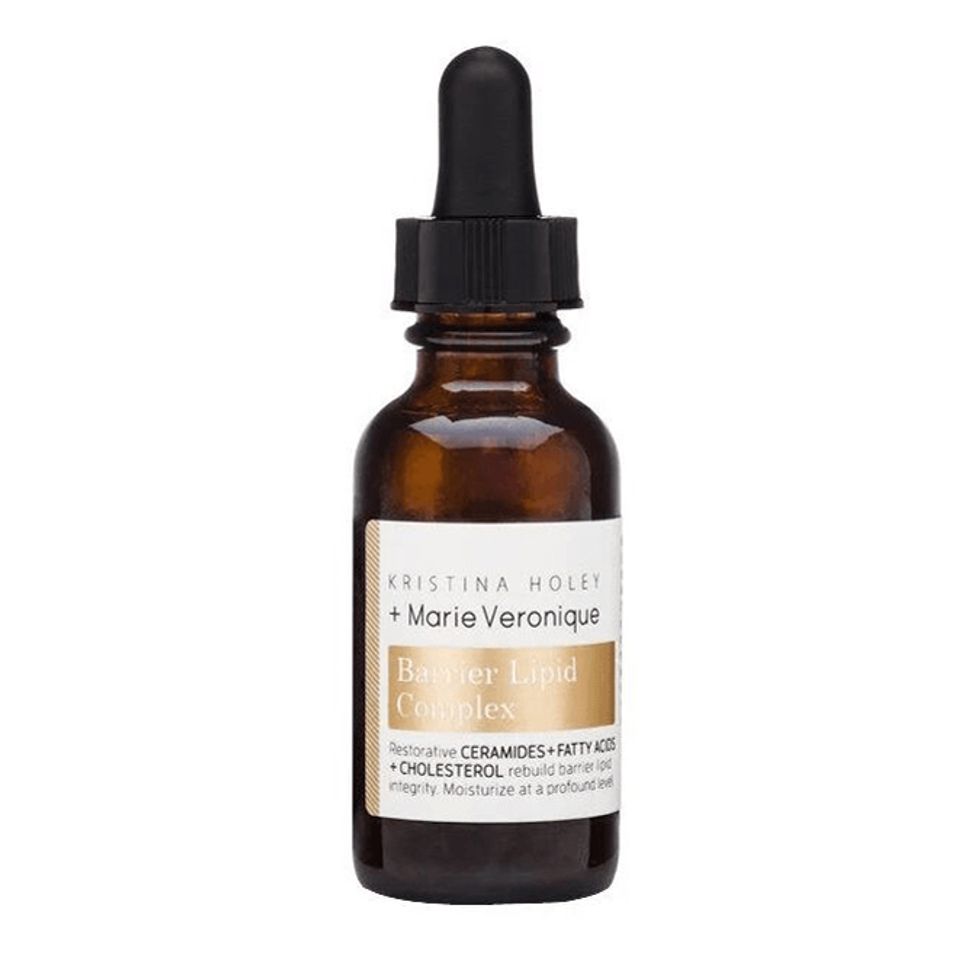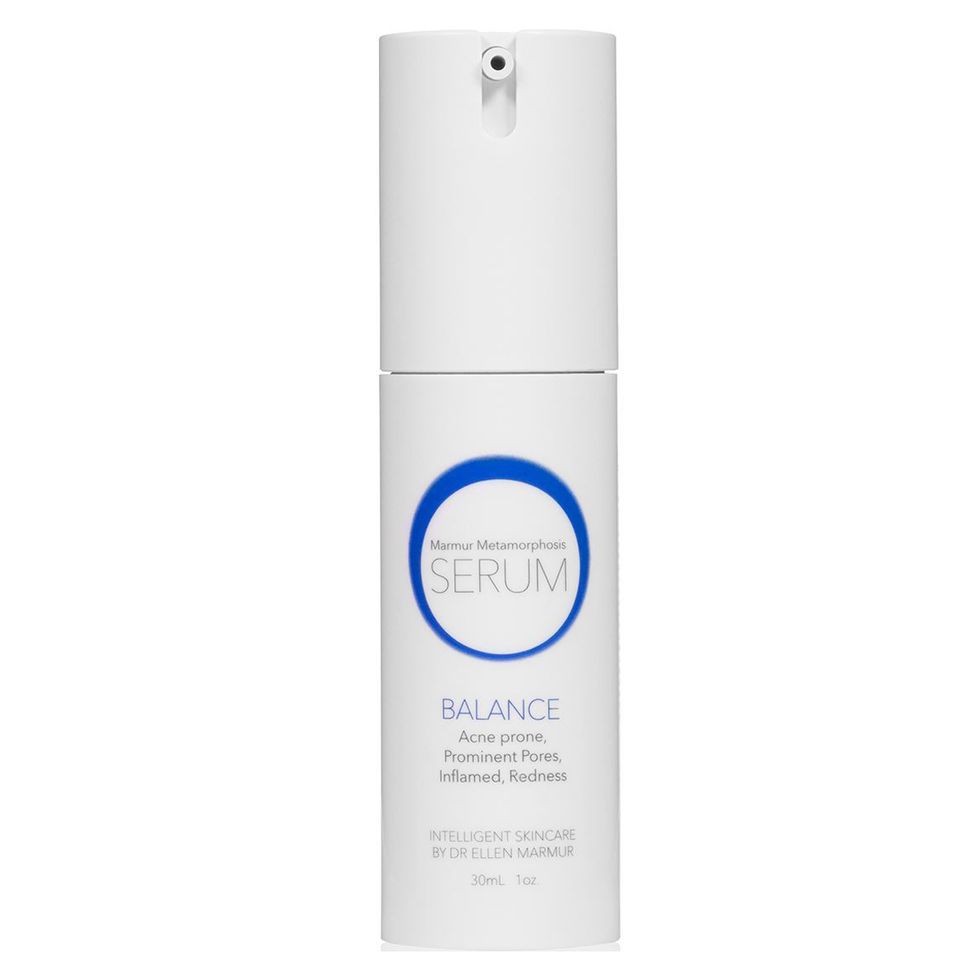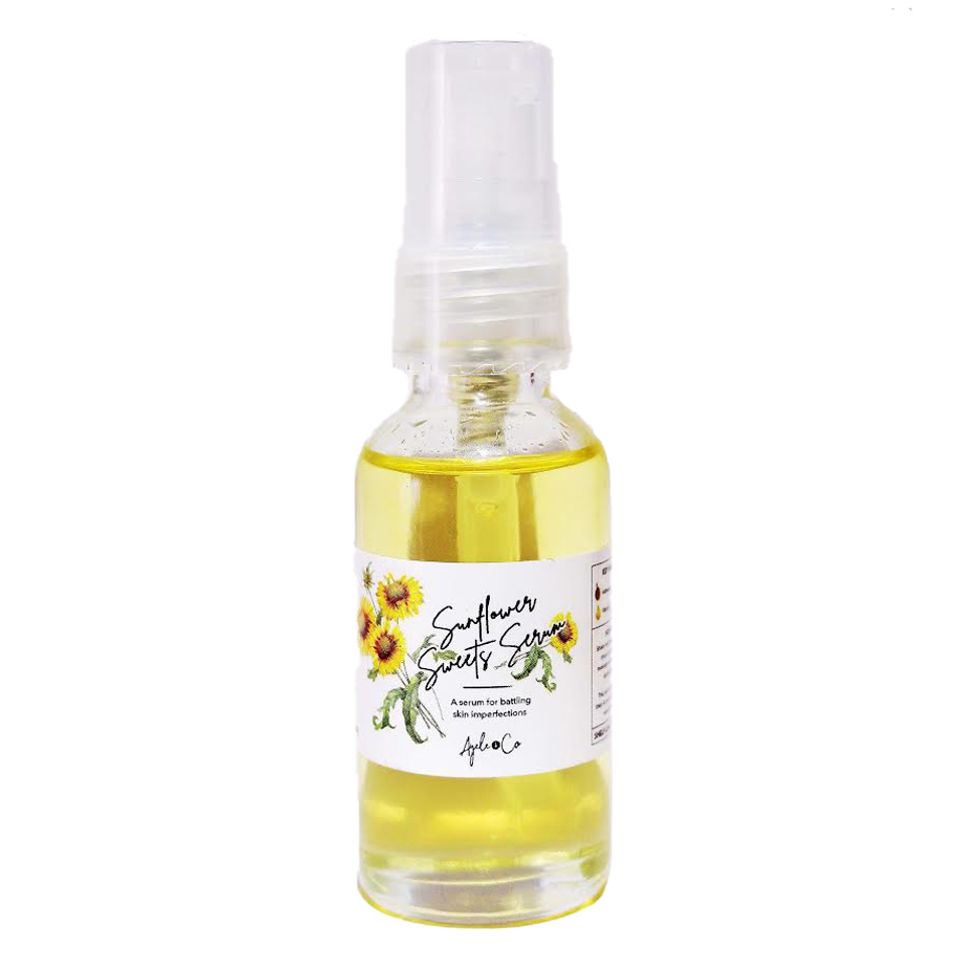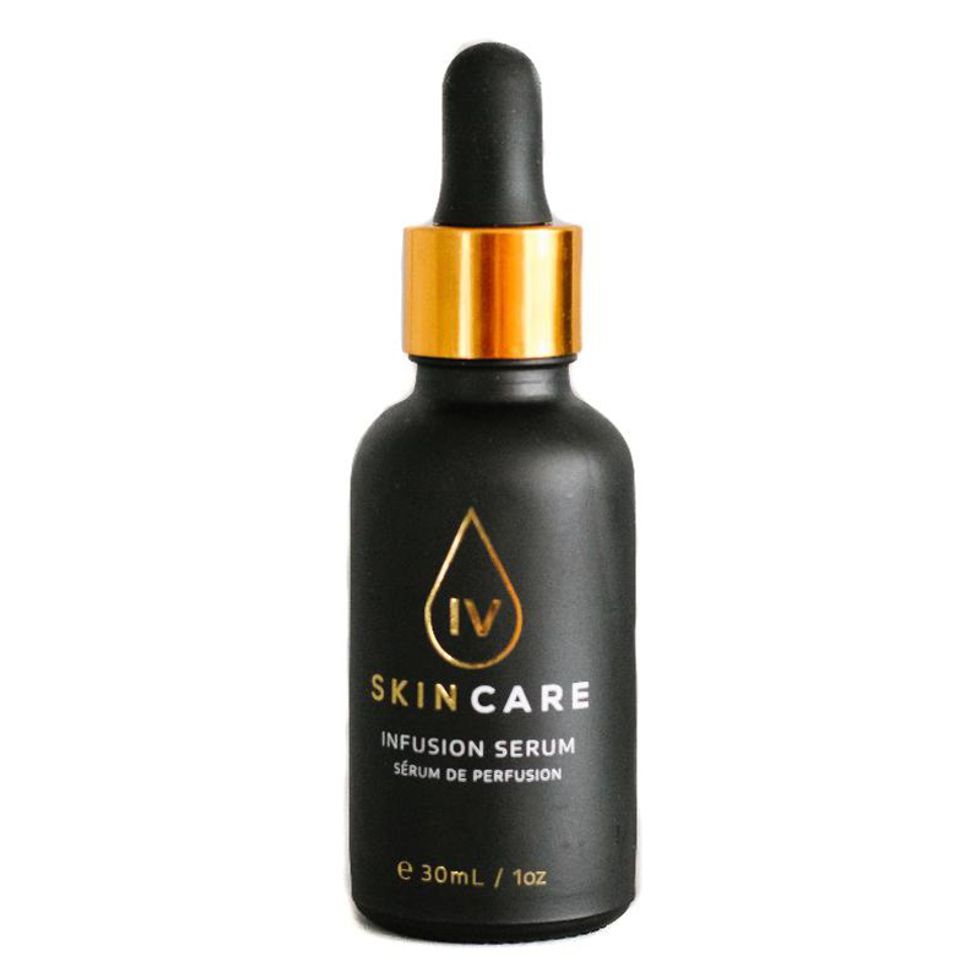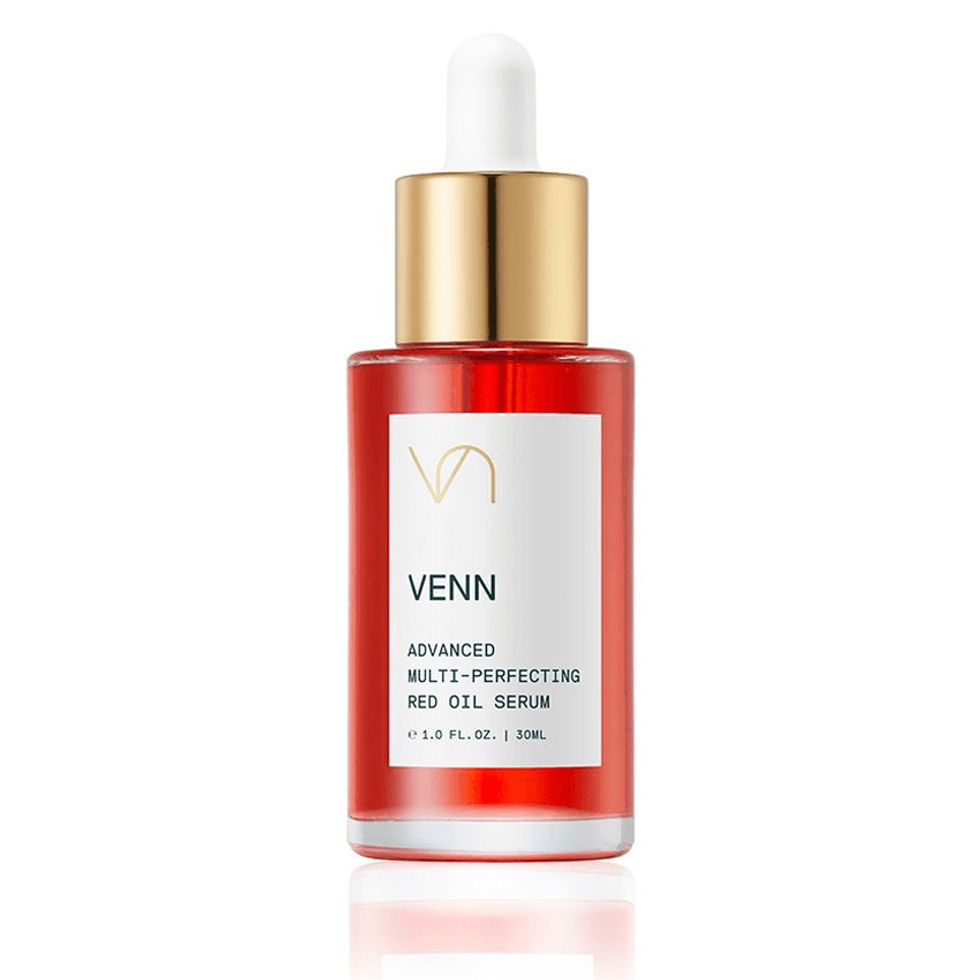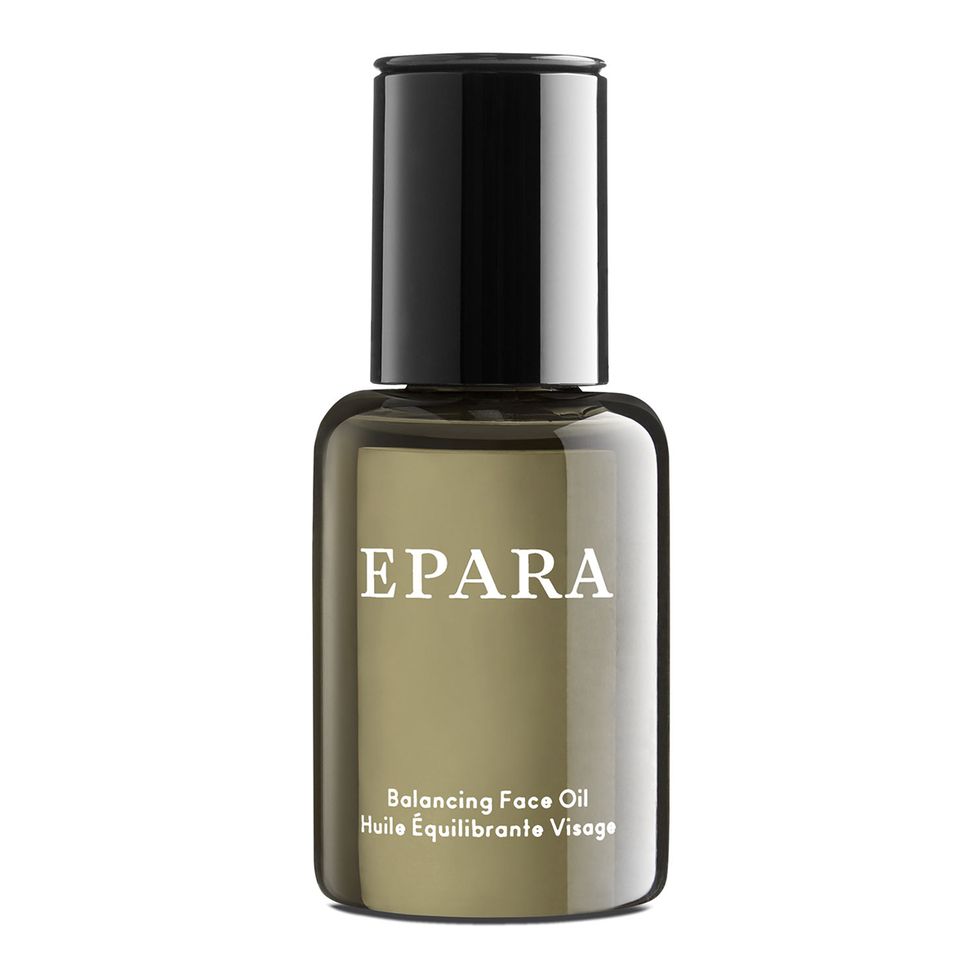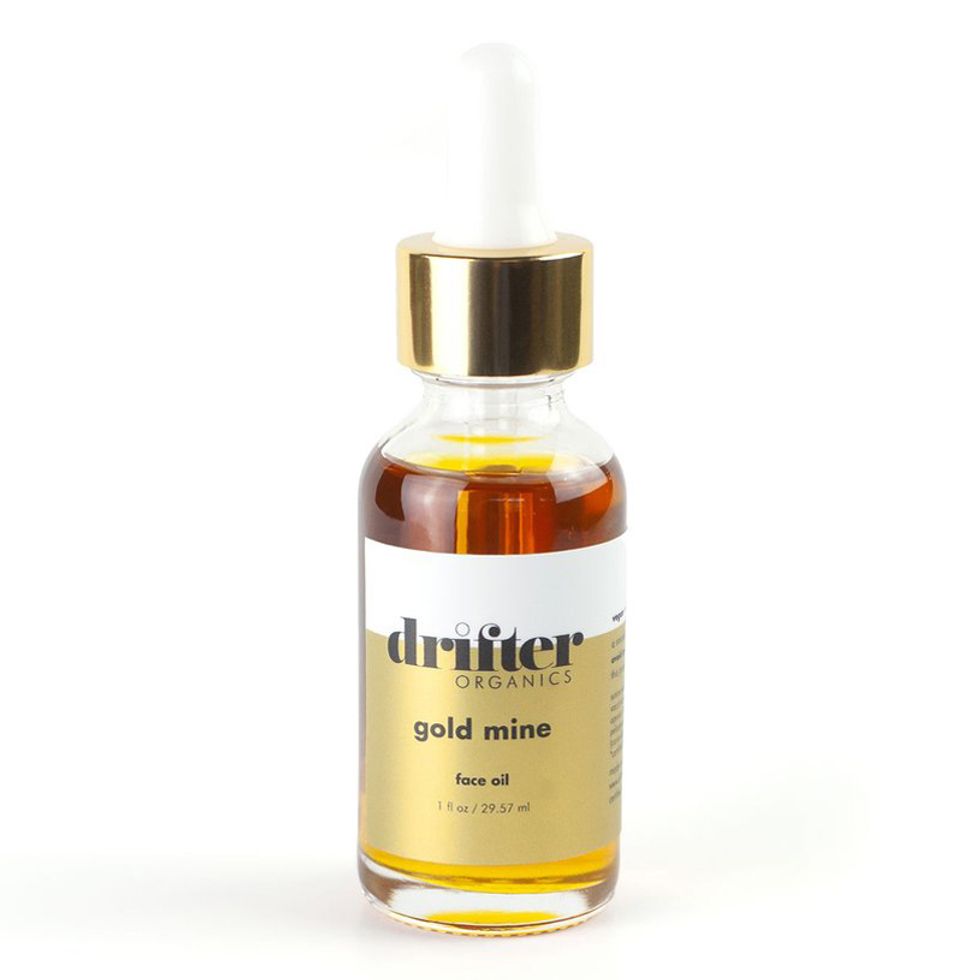Why It’s Time to Swap Your Moisturizer for a Face Oil
Summer hydration without the congestion? Yes, please.
06 July, 2020
Skin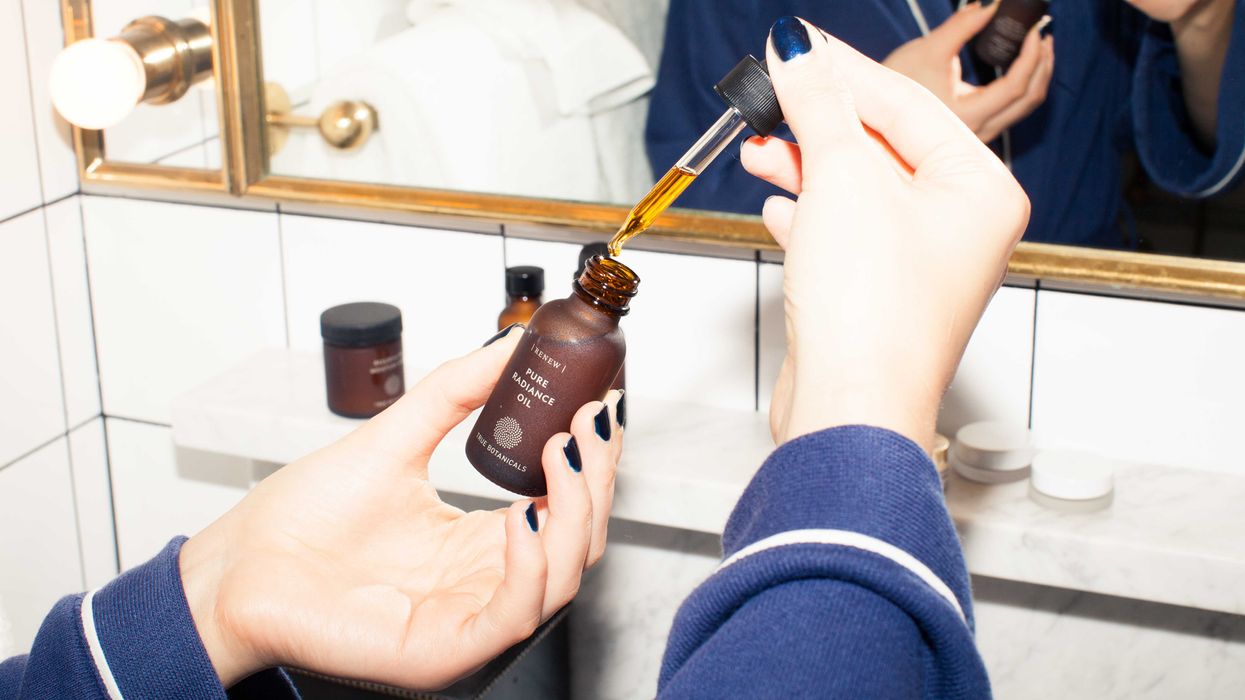
10 November, 2021
Our weather app read “feels like eighty-eight degrees” the other day, le sigh. Although the summer brings extraordinary things like more hours of sunlight, chances to dip our toes in some salt water, and blissful hours of backyard grilling, the heat also means more sweat, chafing, and general discomfort—especially when wearing a CDC-recommended mask. In order to acclimate your skin to the current conditions, it’s wise to make a few changes in your product lineup.
That heavy-duty moisturizer you wore all the way through spring? It’s time to rotate it out for something a little more breathable. But did you know that many industry experts also recommend using a face oil this time of year? Dr. Ellen Marmur, a board-certified dermatologist and founder of MMSkincare; Kristina Holey, holistic facialist and co-collaborator of Marie Veronique; and Dr. Joshua Zeichner, director of cosmetic and clinical research at Mount Sinai Hospital in New York City share all about the benefits of incorporating an oil into your routine during the summer.
That heavy-duty moisturizer you wore all the way through spring? It’s time to rotate it out for something a little more breathable. But did you know that many industry experts also recommend using a face oil this time of year? Dr. Ellen Marmur, a board-certified dermatologist and founder of MMSkincare; Kristina Holey, holistic facialist and co-collaborator of Marie Veronique; and Dr. Joshua Zeichner, director of cosmetic and clinical research at Mount Sinai Hospital in New York City share all about the benefits of incorporating an oil into your routine during the summer.
Face Oil Benefits
Dr. Marmur explains, “Oils contain antioxidants which help [to] repair some of the free-radical damage done to the skin by the sun,” such as hyperpigmentation and signs of premature aging. Furthermore, our skin contains epidermal lipids, aka our own natural oils, to prevent dehydration. When your skin is adequately hydrated, you’re less likely to break out—not to mention that dry skin highlights any fine lines and wrinkles.
Holey adds, “By applying an oil to your skin, you replenish the epidermal lipids, compensating for any deficiencies from one’s oil supply, and therefore support the natural process of regulating the moisture levels in your skin.”
Face Oil Types
Now that we've covered why oils are an imperative part of your warm-weather regimen, here is how you can incorporate them into your routine. Holey states, “Fatty acids that are high in linoleic and gamma linoleic acids are best for preventing congestion and reducing inflammation, which can be beneficial at preventing breakouts, even on a hot, humid day.” Holey suggests that we “look for an oil blend that contains omega-6 EFAs like sunflower or safflower oil, and omega-3s like kiwi seed and chia seed oil.”
Dr. Marmur adds, “Spearmint, lavender, and sandalwood oil are great for the summer.”
Be wary of adding just any variety of oil to your face, however. Says Holey, “People tend to react poorly to coconut oil, [as it] tends to be comedogenic, contributing to clogged pores and breakouts. The same goes for mineral oil.”
Dr. Marmur adds, “Oils that should be avoided with sun exposure are angelica, bergamot, bitter orange (cold-pressed), lemon (cold-pressed), lime (cold-pressed), fig leaf absolute, mandarin leaf, taegates, cumin, and rue.” She explains that citrus oils often irritate the skin, especially for people with a more sensitive complexion. Essential oils are also a no-go if you have reactive skin and are better used for aromatherapy purposes rather than on the face.
Face Oil How-To
So how much oil should we be applying to get the full range of benefits? Dr. Marmur advises that if your skin feels sticky, you’ve used too much and you could see an increase in breakouts due to clogged pores. However, if you’ve found a formulation that agrees with your skin, Holey says, “There is no need to limit the amount of properly formulated oil blends you apply to your skin,” meaning you can use as much or as little as you’d like. It is best to start off slow, though; skin should feel nourished and supple, never wet or sticky. Holey states, “If you have dry skin, or are post-menopausal, then I would suggest starting with [a half] to a full dropper amount. If you have oily skin, or more sensitive/symptomatic (such as breakout-prone or dermatitis), then I would start with [a quarter to a half] of a dropper.”
Oil vs. Moisturizer
All three experts agree that moisturizers can be swapped out for face oils. Says Dr. Marmur, “Oils are occlusive, which means they trap moisture on the skin. Thicker oils prevent dehydration of the epidermis and can certainly replace a lotion or cream moisturizer.” Holey adds that since oils have “the least ingredients, occlusives, [and] thickening agents” in comparison to moisturizers, facial oils are more ideal for sealing moisture in our skin without ever making it too greasy. Dr. Marmur recommends a simple routine of a “moisturizing serum on freshly washed skin, [followed by] a great oil to [the] forehead and cheekbones for both extra moisture and a beautiful glow.” The serum should provide the skin with humectants, like hyaluronic acid or glycerin, that will hydrate the skin, while the oil acts as an occlusive, which will moisturize and protect the skin’s lipid barrier from drying.
Depending on your skin type, however, Dr. Zeicher states, “Face oils are emollient-rich products that help soften rough cells on the surface of the skin. For some people, they may be hydrating enough. If you have extra-dry skin, you may need a traditional moisturizer that also contains humectant and occlusive ingredients.” If you find yourself needing to use both a face oil and moisturizer, here are some tips on what to do. “A few drops of an oil is usually enough for the full face. Usually a pearl-sized amount of moisturizing cream is used for the face,” says Dr. Zeichner. Both Dr. Zeichner and Holey agree that products should be applied in order from lightest to heaviest in consistency, meaning that you should apply your face oil before applying moisturizer. Dr. Zeichner recommends to “wait for the face to dry for a minute or so after applying an oil before using your moisturizer.” Whether you are using face oil alone or in conjunction with a moisturizer, top off the entire routine with an SPF, and you are good to go.
Here are some of our favorite oils to use for summer.
1/11
Lesse Ritual Serum, $70
With ingredients like turmeric, calendula, and algae extract, this is the perfect summertime oil to balance, nourish, and clear the skin. Along with being a transformative oil that protects against breakouts, sun damage, and premature wrinkles, you can also feel good about slathering all the certified organic ingredients onto your skin anytime.
With ingredients like turmeric, calendula, and algae extract, this is the perfect summertime oil to balance, nourish, and clear the skin. Along with being a transformative oil that protects against breakouts, sun damage, and premature wrinkles, you can also feel good about slathering all the certified organic ingredients onto your skin anytime.
